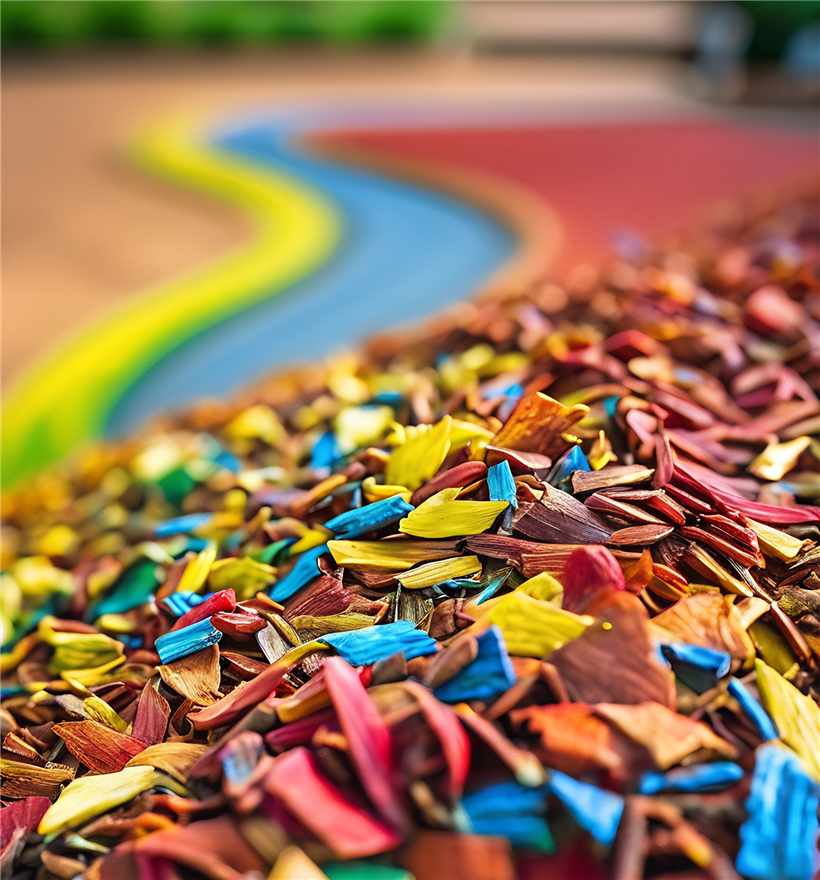Iron oxide pigment for Wood Plastic Composites
Wood-plastic composites (WPc) are composite materials made of wood fibers and thermoplastics, and they are used in any number of home-and-garden applications. They look like wood, can be processed like wood but offer significant advantages over the natural material. They are highly weather resistant, can be manufactured in virtually any shape and generate very low maintenance costs.
When it comes to coloring WPC, inorganic pigments have proven to be very effective. Wood colors and earth tones can be reproduced so realistically with these pigments that the end products are virtually identical in appearance to natural wood.
The most important advantage of wood-plastic composites is their easy shaping. Whereas wood needs to be sawn, cut to size and coated, the extrusion of WPC produces a molded, colored part in a single step, reducing effort and costs. At 40 to 80 percent by weight, the content of the renewable raw material wood is relatively high, depending on the application.
Versatility is not the only advantage of this fl exible material. Its plastic component, generally polyethylene (PE), polyvinyl chloride (PVC) or polypropylene (PP), lends the material mechanical properties that are superior to those of wood. For example, WPC is very dimensionally stable and weather resistant, and it can be sawn, sanded, planed and nailed just like wood. However, compared to wood, a WPC has the ge in outdoor applications of not requiring regular coating or impregnation and never splintering.
Wood-plastic composites primarily contain wood flour and, in most cases, thermoplastics. For outdoor applications, the wood content is about 50 to 70 percent, while up to 80 percent can be used for indoor applications. Other ingredients include bonding agents, heat stabilizers, UV stabilizers, lubricants and colorants.
The pigments used for coloring WPC must satisfy a number of exacting requirements: Given the short dwell times and relatively low shear forces in the processing equipment, they must have good dispersibility. The pigments must reach their fi nal color strength quickly, display high heat stability, no migration, and exhibithigh color stability and weather resistance in outdoor applications.



